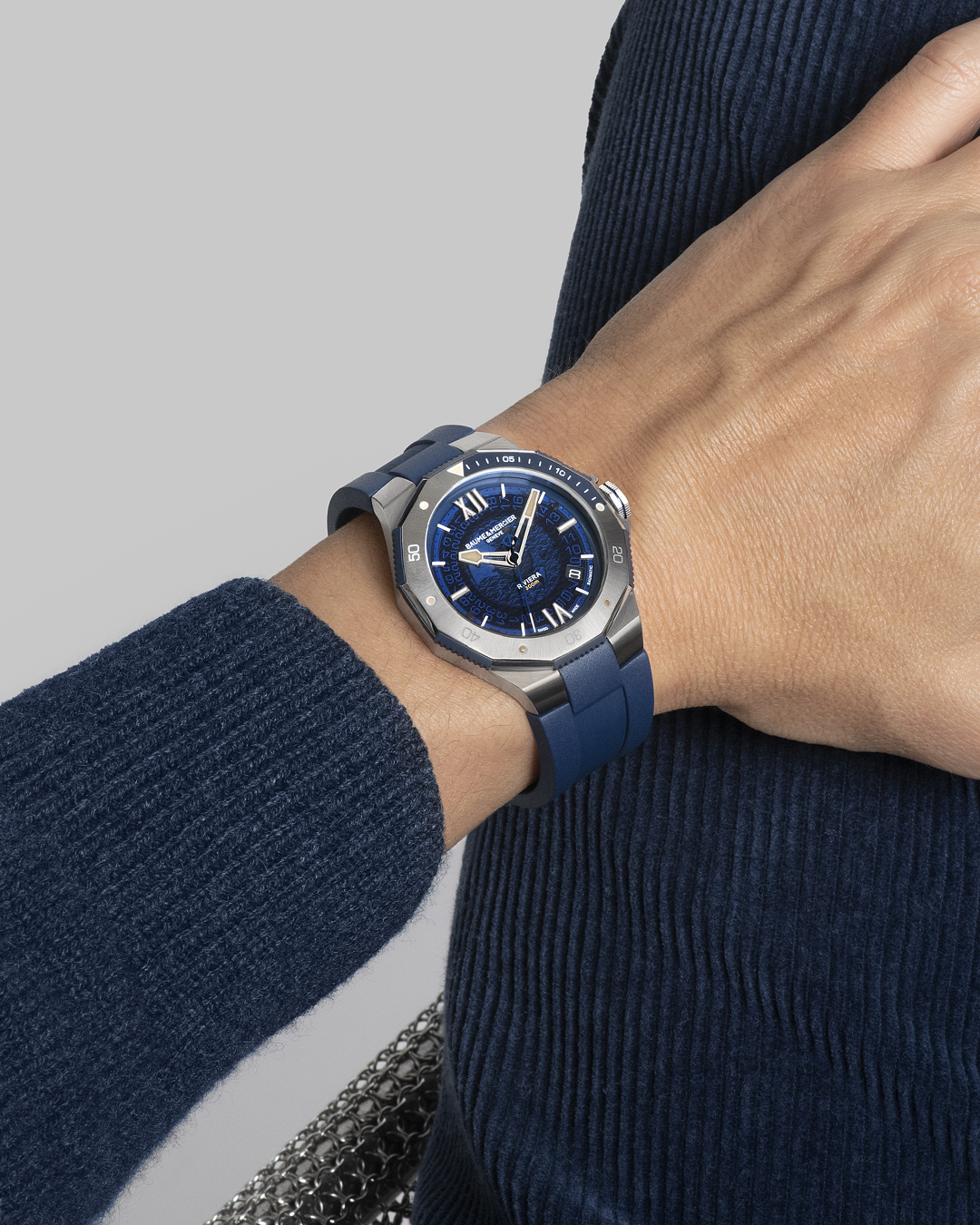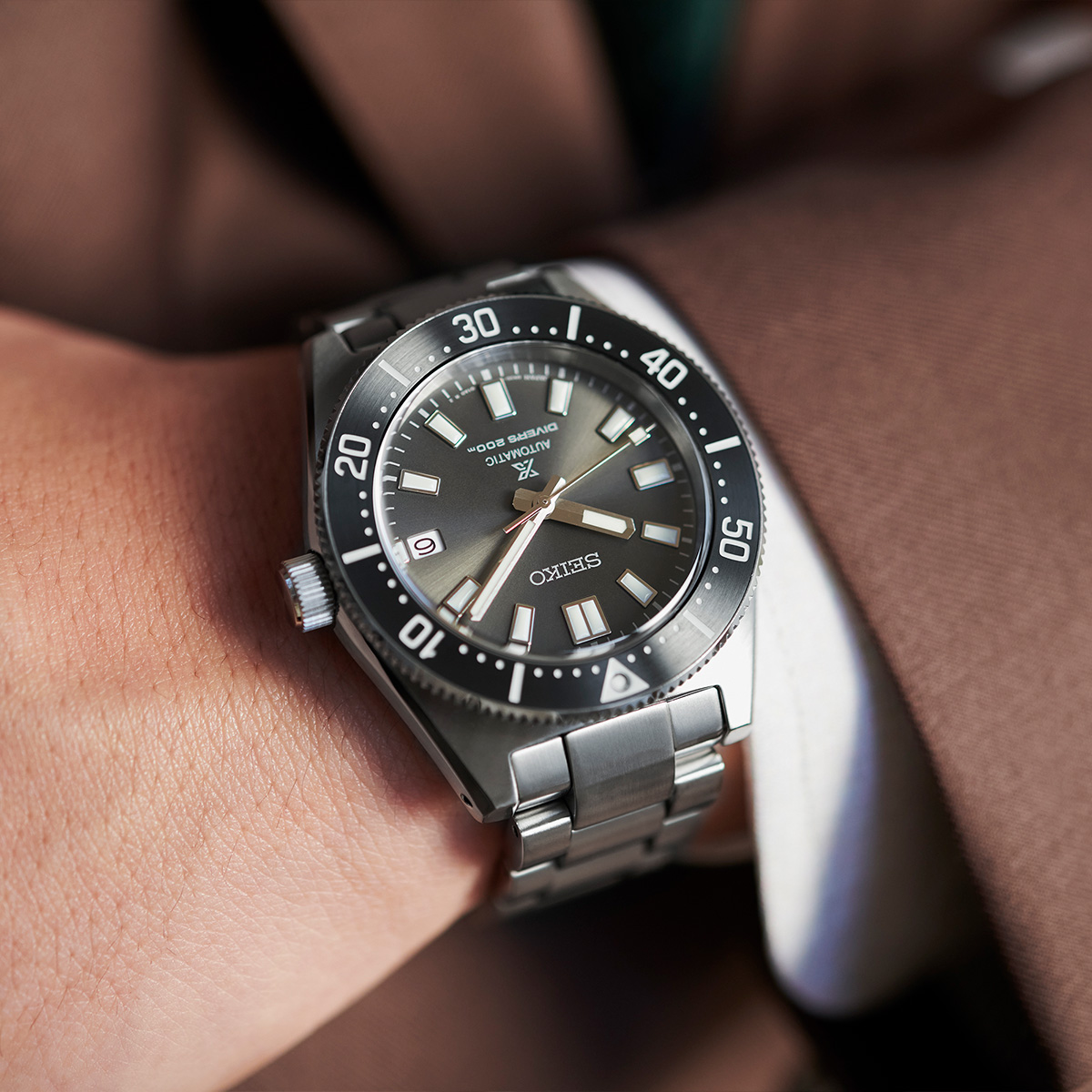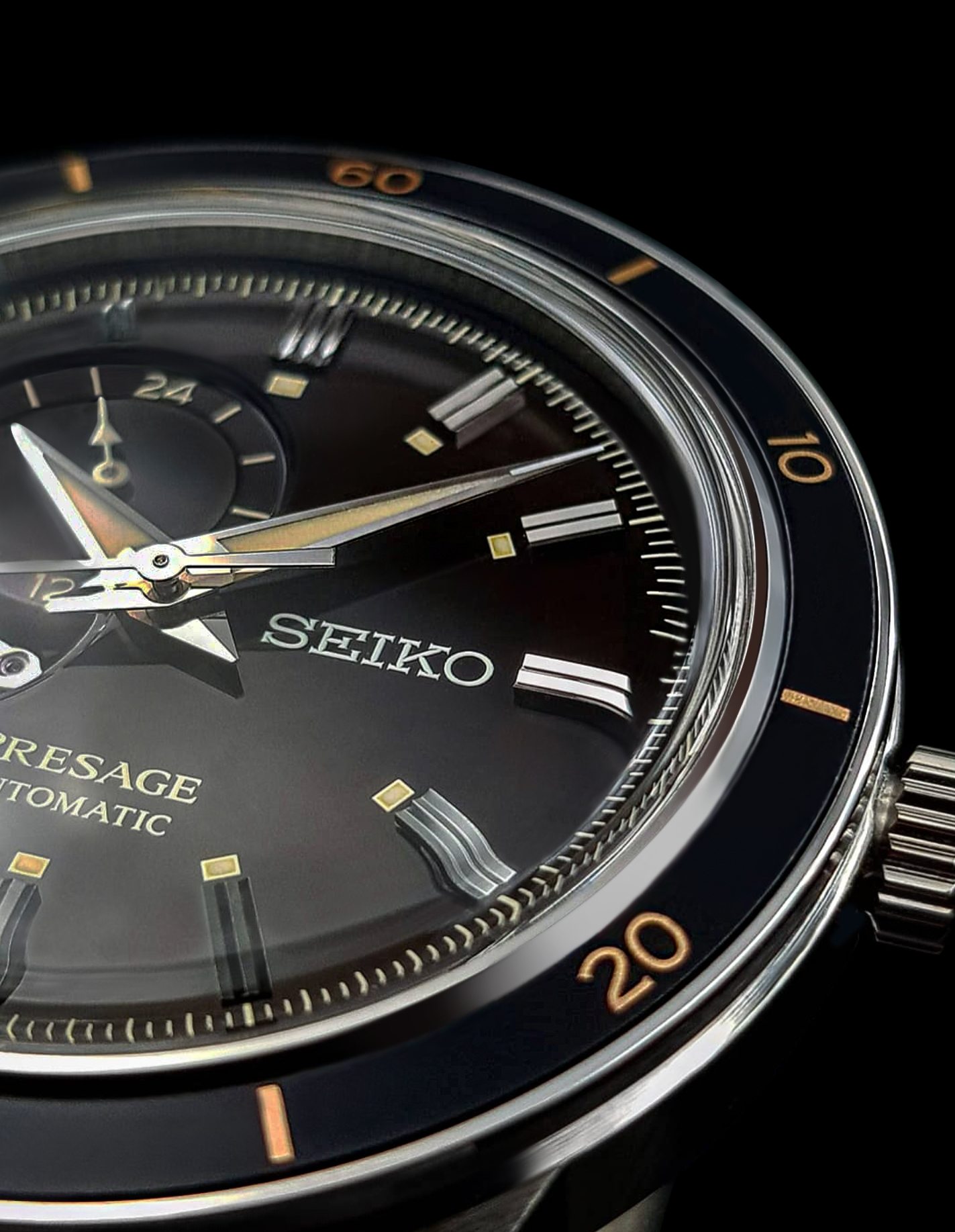Lately I’ve read many opinion pieces on the internet claiming Hearts On Fire diamonds are ‘just another branded diamond’, and ‘all hype’. There are suggestions that any certified diamond with a ‘triple excellent cutting grade’, are as good as Hearts On Fire and a lot cheaper.
I was very fortunate to be offered an invitation to tour the Hearts On Fire cutting facility, and with a background in diamond cutting, was one of the select few who really could scrutinise the process and discern fact from fiction. A lot of opinion I have read on the internet (including blogs and forums) seems to be just that – opinion. It was good to see what was really going on.
To get a better idea of what we are talking about, we should get a little bit of background.
About 100 years ago, a Russian mathematician and engineer worked out that if a carbon crystal (diamond) was cut and faceted to a certain arrangement of angles and measurements, then any beam of light entering the top of the stone, could refract, reflect, and exit the diamond in a bright, concentrated beam. This lead to the cutting of the Modern Round Brilliant Diamond.
There was only one problem – we never really had the technology to get this pattern of cutting 100% perfect, nor the ability to polish a diamond that could fully maximise its properties to provide the ultimate fire and sparkle. That all started to change just before the end of the last century. Now, many different technologies and processes can be combined to allow us to cut diamonds to a very specific pattern and level of finish that produce a brilliance never previously seen.
It was the vision and passion of one man, Glenn Rothman, a diamond merchant from Boston, to produce and only sell diamonds that were cut to this perfect standard. Hearts On Fire was born, and grew into a company that also began presenting these precision cut crystals in their own, high quality jewellery.
So is it true – is every Hearts On Fire diamond cut to this standard of perfection?
Well, it is all a matter of process and precision engineering that has to be followed, and it has to start at the beginning.
The most crucial part of the process is the selection of the rough crystal itself. To attempt to cut the perfect diamond, you have to use a very particular type of rough diamond crystal that allows the polisher to get the facets on the diamond so exact. Rough diamond is very much like wood, and has a grain that runs in a particular direction. Like wood, sometimes it branches and twists, and has knots. If your diamond has grain that twists, branches, or has a knot, then you have to stop mid process, and polish in a different direction. If this happens, you never get perfect facets and edges, hence you cannot produce a perfect cut diamond.
This is where some of the latest technology steps in. Hearts On Fire have a US$10,000,000 investment in three state of the art diamond scanning machines, which provide data for specialist ‘diamond markers’. Each machine plots both the surface, and internal structure of each diamond, and can determine if the rough crystal is suitable for selection, to become a finished Hearts On Fire diamond.
Here is a fun fact – From the top selection of gem quality rough diamond that they process, only one in one thousand rough crystals are deemed suitable for Hearts On Fire polishing. It takes 3 hours to analyse and scan each crystal. In other words, on average it takes 3000 hours to find one rough crystal for Hearts On Fire. The other 999 rough diamonds are sent for general polishing, and can never be cut to the highest standard as their crystal structure will not allow it.
Hearts On Fire is the only company I am aware of that take this crucial first step, and only selects knot free rough crystals for their production.
The Hearts On Fire rough diamonds are then sent to teams of the most skilled individuals who work solely on these stones. Laser sawing the crystals, shaping and then faceting, where new technology and techniques are applied.
Each vibration-free polishing bench has a camera mounted exactly level with the polishing surface. At 100 times magnification, the polisher watches to ensure the rough diamond surface meets the wheel at the exact angle, and polishes each facet to an exact length.
Again, Hearts On Fire are the only company I am aware of that uses this technique and combination of technology.
Another thing to consider, is that the diamond powder they use on the polishing wheel is of the very finest grade. It is the same as using very fine sandpaper when finishing wood as opposed to very coarse sandpaper. The down side to this, is that it takes far longer for the craftsperson to polish each piece. But in return, there are of course a couple of benefits.
Going slower means they can be more precise and exact in their measurement; and using the finer grade means a much smoother polished surface.
Now here is something a diamond nerd like me has seen, that most industry people have not. If you have an extremely powerful microscope, and study the surface of a Hearts On Fire diamond, and compare it to a generic diamond, you are likely to see a stark contrast.
One surface will look like an outback dirt track; the other will look like a frozen lake. No surprises for guessing which is which. But how does that help? It allows the beam of light passing through the smoother surface to not get distracted or distorted by any grooves or corrugations. (Hence, more sparkle).
Now we have an extremely beautiful, precision cut diamond.
But, the process doesn’t stop here, and this is where the so-called keyboard warrior diamond experts are wrong.
The Gemmological Institute of America (the GIA) are recognised and trusted by most people as a company that produces a certificate providing some information – part fact, but mostly opinion for individual stones.
Part of that information is regarding the standard of cutting, polished finish, and the symmetry. Terms provided such as Good, Very Good, and Excellent, are designed to help inform you of those standards. Many people would lead you to believe that a Triple Excellent stone, where all three criteria are described as Excellent, means that you are viewing a stone of the very highest cutting standard – and you would probably think all to be of equal standard.
Take it from a GIA qualified diamond grader, this could not be further from the truth.
Yes, a GIA Triple Excellent diamond is generally going to look okay. Also, it is true the GIA now uses a machine that measures the amount of light reflected by the diamond at various points across the surface to help determine a grading such as Excellent. However, the GIA allows for very broad and lenient parameters using these measurements.
Hearts On Fire quality control have far more stringent and tighter parameters, based on these same measurements.
To put it simply, a car that can drive at speeds of 200kmh is a fast car; but certainly not the fastest. A GIA triple excellent diamond is generally a bright diamond, but by no means is it the brightest. That mantle is reserved for a very select few – and all Hearts On Fire Diamonds achieve this rating.
Another tool used to study the standard of cutting is a proportion scope, that allows the viewer to see a phenomenon known as the ‘Hearts and Arrows’ pattern. Many non Hearts On Fire and generic diamonds will also have this pattern – and some resellers will claim it therefore makes them equal to Hearts On Fire.
But, this is what you need to know.
You have to be able to read it. Is there an absolutely perfect octagon shape in the centre, or is it slightly irregular? Do the heads of the arrows, line up exactly with the shafts? Does every point of every arrow finish at the very edge of the stone? Does each heart have perfect symmetry and are both halves exactly the same? Is there a ‘fire-burst’ pattern that only the premium cut diamonds produce?
It is another language, and until you have viewed many diamonds, you won’t always know what you are looking for, because not all Hearts and Arrows patterns are consistent.
There are certainly companies who simply buy a range of generic certified polished diamonds, and simply re-brand them with a name. Many of them often claim they are the same or as good as Hearts On Fire.
Hearts On Fire is also a brand, but it is a brand that guarantees their diamonds have been through a very stringent process of selection, precision engineering and quality control, in their own factory, to produce polished diamonds recognised independently as the highest standard in the world.
Now, you might also be asking, why believe me?
I sincerely hope, you don’t believe me – or any other internet blogger or so called internet expert, who especially want you to think that all diamonds and certificates are the same. Remember, you are not looking at diamonds on the internet – you are most often reading opinions.
For most buyers, it is probably one of the most important purchases in their life. Diamond buyers really should see and compare for themselves the visual difference between a Hearts On Fire and other diamonds. If this is you, and you are reading this, before you buy a diamond, make sure you take the time, just to look for yourself with your own eyes. What have you got to lose? Find a re-seller of Hearts On Fire diamonds and ask them to show you the difference.
Like my visit to the Hearts On Fire factory – Seeing is Believing.
About the author:
Steve O’Meara is one of the few diamond professionals with a working knowledge of rough diamond grading and sorting; polished diamond manufacturing; wholesale diamond selling; and jewellery manufacture. An industry professional for over thirty years.




